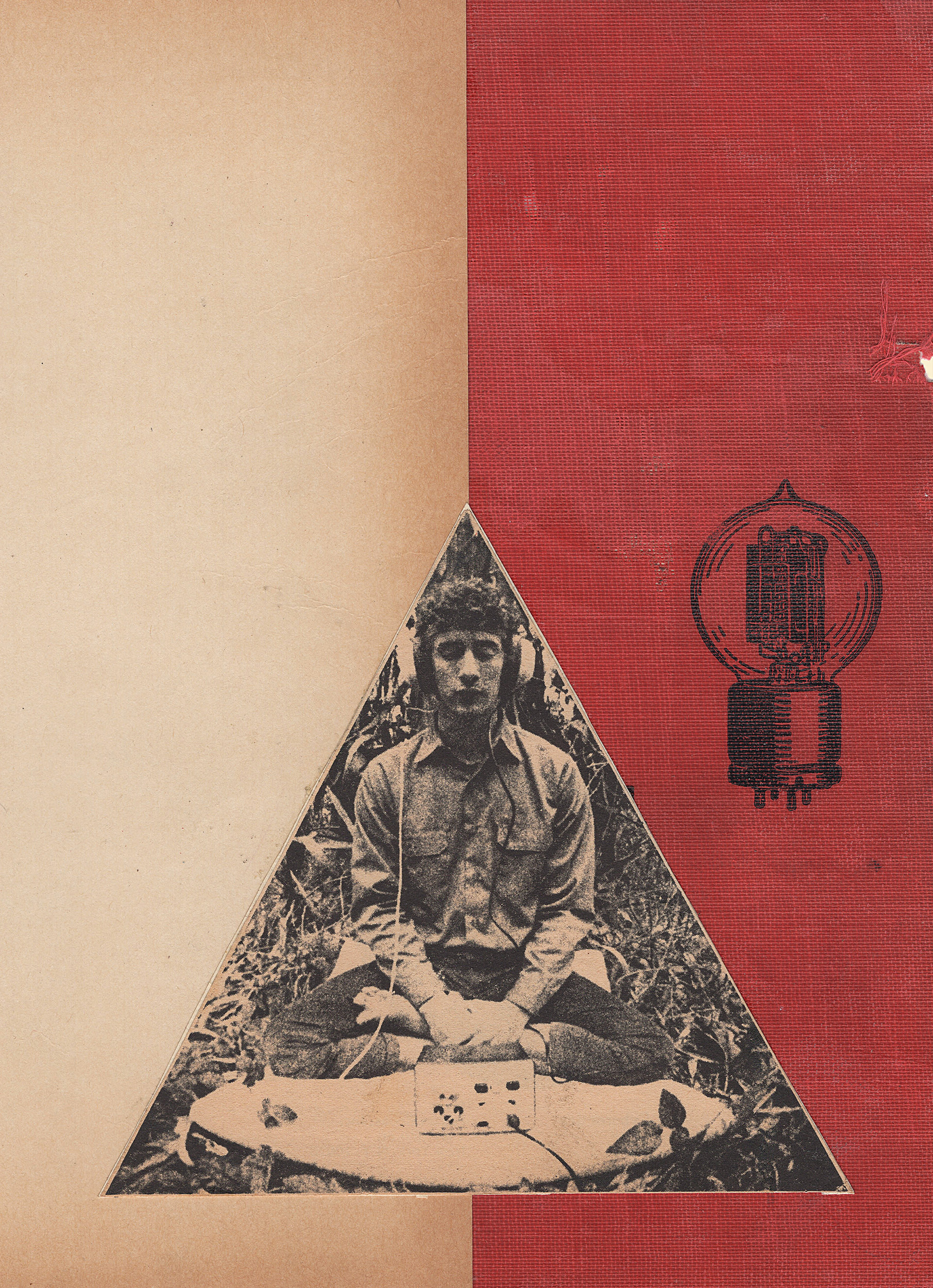At $199, the Aston Element is a very affordable mic, but by no means is it cheap gear. That is to say, the value at this price point is immeasurable. An expertly crafted microphone paired with a proprietary shock mount and magnetic pop filter makes the Element Bundle a great entry-level solution for today’s home recordist or a unique addition to any professional mic locker. In my experience, everything Aston makes is a revolution in a marketplace full of inexpensive classic mic design knock-offs – they’re one of a few companies pushing the envelope while keeping the price point within reach.
I’ve been a fan of Aston’s designs since reviewing their award-winning Starlight small-diaphragm condensers [Tape Op #123], so when asked to check out their newest mic, I jumped at the chance. Getting an Aston in the mail is like a birthday present from your favorite grandparent. But unlike a hand-wrapped gift, the Element’s packaging has been painstakingly designed and well thought out (like an Apple product for example), plus Aston has strived to use eco-friendly recyclable materials sturdy enough for long term storage and protection.
At first sight, it’s a different looking bird. The Element’s shape and size are distinctive when compared to most traditional-looking large-diaphragm condenser mics – shorter, wider, and the grill is flat against the mic’s body on both sides. But as with all Aston designs, the overall appearance is smooth, sleek, and appealing to behold. The included magnetic pop filter (that features the Aston logo) is super cool looking and can be easily flipped down when not in use so it’s always with the mic when needed. Another notable visual aspect of the Element is the glowing backlit logo badge that indicates when phantom power is engaged.
This mic is very much crafted with consumer input in mind – Aston claims this is “the world’s first customer-designed microphone,” developed by using an online voting panel participating in blind listening tests with top brand mic manufacturers competing against early prototypes of the Element. After several rounds of public voting and over 18 months of R&D, factory modifications based on this consumer-driven input resulted in only two name-brand competitors standing against four varied Element prototypes. In the final round, Aston’s mic outperformed all mics in the test. You can read more about this process on Aston’s web site.
So, how do they do it? I can’t share trade secrets, but the Element employs a low cost “Ridyon capsule that performs at ten times its price point.” So, what’s a Ridyon capsule? According to Aston, it’s a unique trademarked design that behaves somewhat like a dynamic, ribbon, and condenser mic. The mic’s “active-moving-coil-diaphragm delivers high end condenser mic sensitivity and performance, with the punchy bass and rejection capability of a great dynamic mic and the open, natural, sound of a ribbon.” It can withstand high SPLs, but still deliver a frequency response beyond the range of most microphones in its class, giving it super high end detail without harsh upper harmonics.
The Element is versatile, and I found it to be a perfect option for a variety of sources. I used it on vocals, acoustic guitar, upright bass, and trumpet for my testing. I also think it is an excellent candidate for drums and percussion, and would be game to try this mic on just about anything. It’s this versatility that makes it an ideal first microphone choice for those starting out in audio production.
With a pandemic raging, I was forced to record myself singing and playing acoustic guitar in order to review this mic. Now when I say “forced,” I mean that I loathe the sound of my recorded voice. It sounds too edgy and rough with most great sounding mics, so I often just settle for a Shure SM57 or SM7. Well, the Element made me sound smooth and professional, resulting in silky midrange articulation with an upper mid “air,” complemented by low mid body without sounding too swampy. I recorded fairly close in, and the included pop filter handled plosives well. Another thing to note is that the Element has excellent off-axis rejection. I’m not saying there wasn’t any bleed from the acoustic guitar, but it was minimal, allowing plenty of room for mix adjustment between vocal and guitar.
Next, I flipped the Element towards my acoustic guitar and kept rolling. Now, I did find the low mid to be a little muddy in this particular instance, but, consider that I play a ‘58 Gibson LG-2 larger body acoustic, I never change the strings, and I don’t use a pick. A touch of EQ attenuation in the 200 to 300 Hz range cleared the boominess right up – meaning the sonic character of this microphone responds well to EQ. On trumpet, the microphone response was tight, punchy, and clear, but not brash – actually warm and round, like a cool Chuck Mangione vibe. This was impressive. I didn’t expect such a decent response when mic’ing a high SPL instrument! On upright bass, the Element accented the midrange quite nicely without sacrificing low end punch. I found I could easily affect room sound with closer placement to the instrument while not overloading the capsule. The microphone also blended well with the DI source.
In summary, the Aston Element is a thoughtfully-designed addition to the high-quality (yet financially accessible) microphone category. I love the included magnetic pop filter, and the proprietary shock mount was easy and intuitive to use. Unlike other Aston mics, there are no built-in filters on the Element, but proximity can be used effectively to focus your sound because this mic responds so well to low frequencies without getting overblown. It’s versatile and well-built – at this price point, it’s bound to become a favorite for pro engineers and project studio users alike.




_disp_horizontal_bw.jpg)